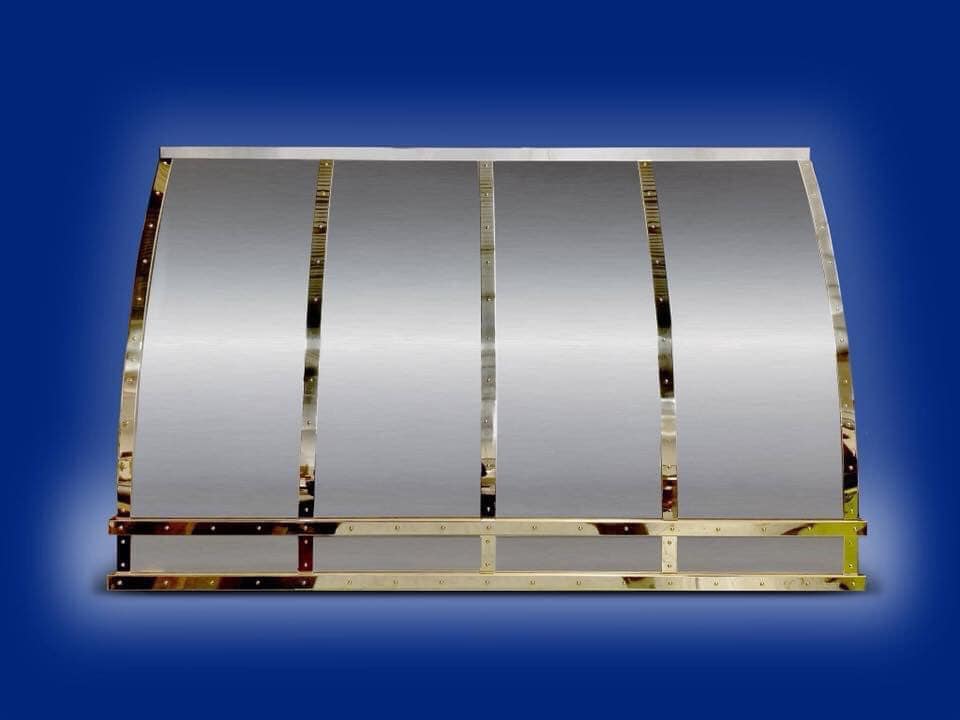- Kitchen Layout
The size of a range hood can be determined based on the layout of your kitchen. A range hood is separated into two major categories, which include a wall unit and an island unit. If you are installing a wall unit then you can do the same width as your range.

- Range Hood Blower Size
The size of a range hood usually correlates with the power to the unit. A bigger range hood means more power and motors involved, and have a higher CFM to compensate for the wider surface area for air extraction. A larger airflow ensures proper ventilations since more air can be removed from the cooking area. However, it is important to keep in mind that oversizing the blower or operating the fans at maximum speed all the time can have a huge impact on your energy bills. Not only does it increase your energy consumption but it also creates an inefficient cooking exhaust process.
- Range Hood Design
The range hood design is another variable that determines the effective capture area of your hood. Some of the basic design components include the blower position and the shape of the hood. For instance, a low-profile design hood with a flat bottom that draws air across stainless steel baffle filters will have the main capture area located underneath the blower motor. This means that the suction will be drawn further away from the center or closer to the edges of the hood. The traditional pyramid-shaped canopy design allows the exhaust system to filter more efficiently since the blower is located higher up in the hood.
- Size of Ductwork
A larger capacity hood may require larger ductwork and fittings to maximize its efficiency. This may not be a problem if the range hood is to be installed in new construction. However, it can pose a significant challenge for a remodeling project since the existing structure may not allow enough space for larger ductwork. Increasing the ductwork can also be costly for homeowners who are renovating a new kitchen. It is important to consider this feature to ensure you get a properly sized range hood for your space.
- Effective Capture Area
The effective capture area of a range hood refers to the zone or region in which your hood effectively traps and directs airflow to the exhaust blower so that it can be eliminated or filtered and recirculated back to the kitchen. A larger sized range hood will have a wider effective capture area to draw smoke, steam, and odors out of the kitchen. The size of your range hood as well as the design and blower size affect the effective capture area of the hood.
What to do Before You Purchase a Range Hood
It can be difficult to determine the optimum dimensions of your range hood especially if you are purchasing it for the first time. Before you go shopping, it is important to measure the dimensions of your range top, the amount of room above your range, and the distance from the ceiling to your range top. The installation height should correspond with the manufacturer’s recommendations to ensure you get the most out of your range hood.
The size of your range hood is very important as it determines the overall efficiency of the unit. A small range hood reduces the effective capture size of the unit to draw out unwanted contaminants from the kitchen. On the contrary, a range hood that is too large can make it look disproportional in your kitchen and you may end up spending more than what is necessary. To determine your needs, it is important to consider the size, design, and amount of space required for your hood.
